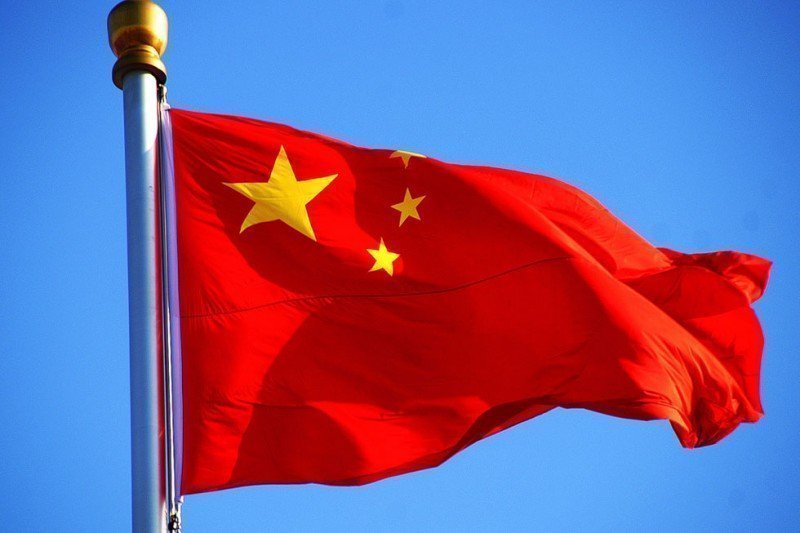
First, the lag of information acquisition of equity transfer and the low of timeliness in dealing with cases. According to Public Notice [2015] No. 7, both parties that indirect transfer of property and Chinese resident enterprise that indirect transfer its equity can actively or report the transfer to the tax authorities in accordance with the requirement of tax authority and submit relevant documents. However, in practice few enterprises actively report related transfer issues to the competent tax authority. There are three reasons. First, The domestic enterprise whose equity is transferred is low-level, the competent tax authority can’t learn timely; Second, the overseas trading partners are not familiar with the Chinese tax law; Third, Overseas non-resident enterprises deliberately evade tax obligations. Above these reasons increase the difficulty of tax administration.
Second, single source of evidence, the large difficulty of determining a reasonable business purpose. At present, the rational business purpose of indirect equity transfer decision is still the difficulty in the practice, facing two main problems: one is the decision based on information and data provided by both parties and transferring resident enterprise offer, single source of information and inadequate access to information determination. The second is the judge has a high requirement on the professional competency. Especially, the determination of the value of equity structure, the function of risk and economic substance, alternative trading and other important factors are more complex.
Third, the complex mechanism of the transfer, the dispute over actual tax to determine. Although Public Notice [2015] No. 7 is clear about the equity transferor by direct transfer of the same overseas enterprise equity lead to indirect transfer of two or more China taxable property, declaration and payment enterprise income tax should be made to the local competent tax authorities. In practice there are many complicated conditions. For example, the difference location of transferring Chinese enterprises’ actual management organization and function organization. Transferring enterprise headquarters in Beijing, and its subordinate functions of institutions in many second-tier cities. It
is not clear which entity should be liable to tax in this circumstance.